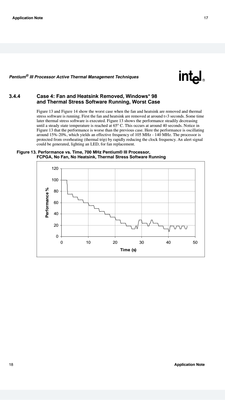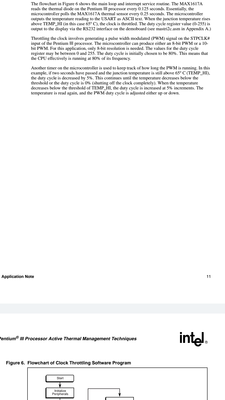First post, by athlon-power
- Rank
- Member
I have a Dell Latitude C600 system that started overheating heavily a couple of days ago. The day it first happened, I realized that the CPU fan wasn't running- no problem. I'd just take it apart and see what was wrong. The fan wouldn't spin up, at all, so I'm going to buy a new fan.
While I was trying to figure with the fan, I removed the heatsink to the Pentium III to try and work on the fan, and get it running (you couldn't get at the fan without removing the heatsink). During this time, the system was booted twice to see if the fan would spin, the first time for 6 or 7 seconds max, and the second time for a much shorter amount of time, because I realized I had been turning on the system with the heatsink removed.
I put the heatsink back on, attached the display to the unit, and it POSTed into BIOS just fine. My question is not pertaining as to whether or not I destroyed the CPU as much as it is a question of possible damage that could've been done to the CPU. In this case, it's not the worst thing ever, as I could just purchase a replacement (the processor is socketed), but I'm still worried that I somehow damaged it when booting the system without a heatsink mounted. I was too embarrassed to post about this and confirm or deny my suspicions, simply because it was such a stupid, stupid thing that I did to forget that the heatsink wasn't on the CPU while I was working right beside it.
Where am I?

